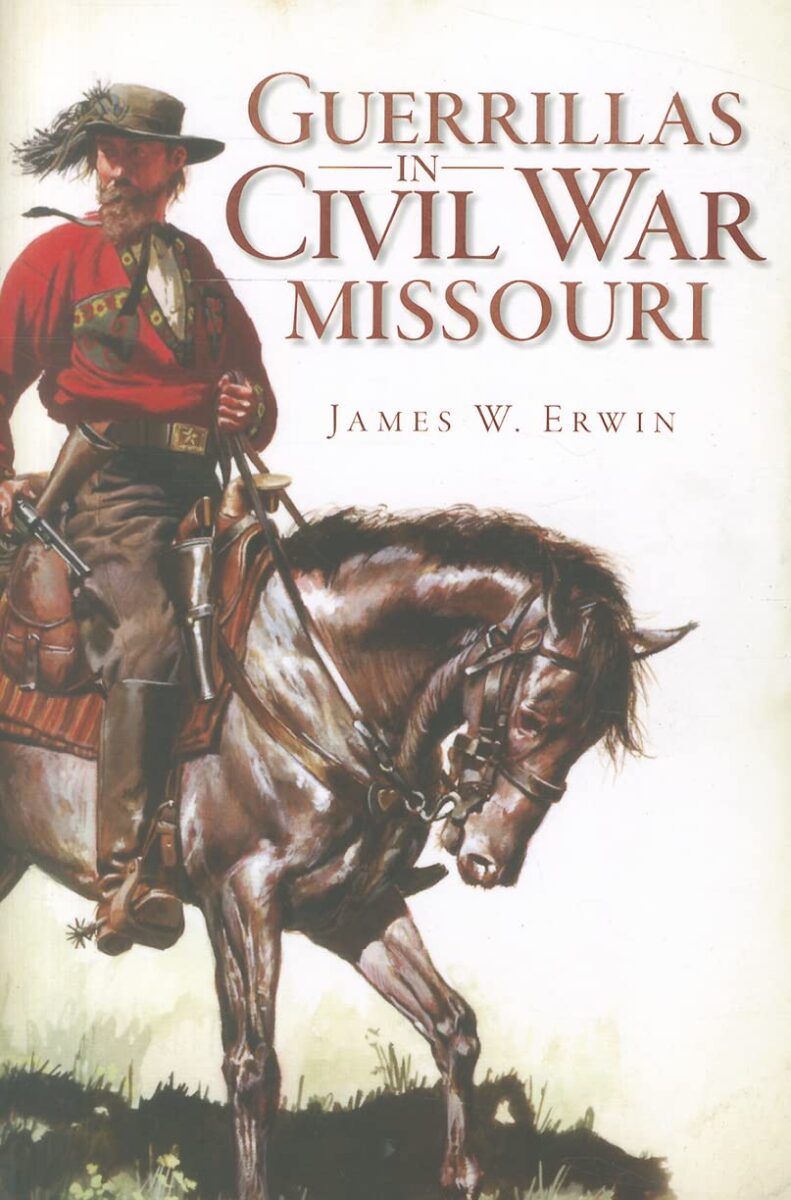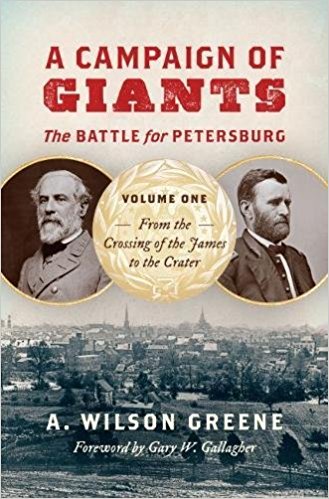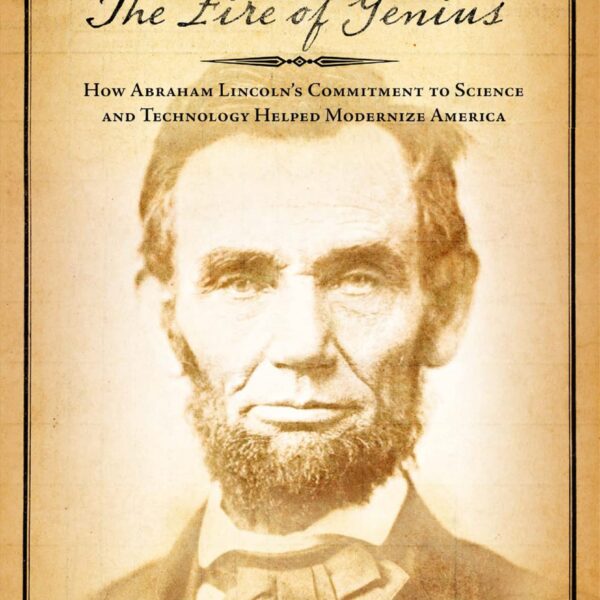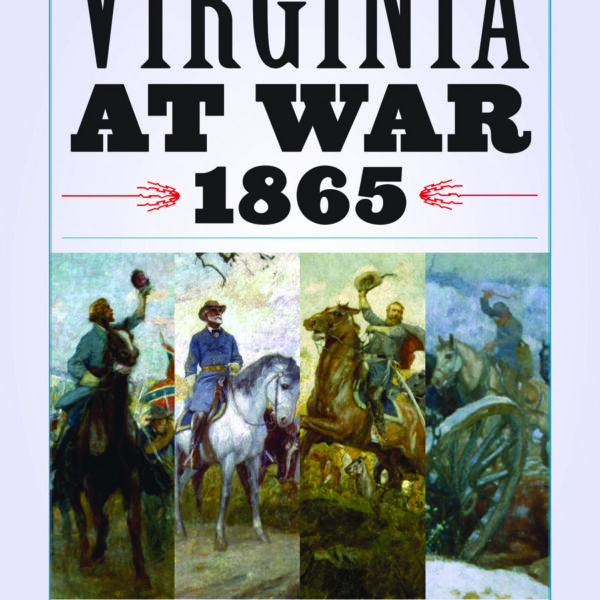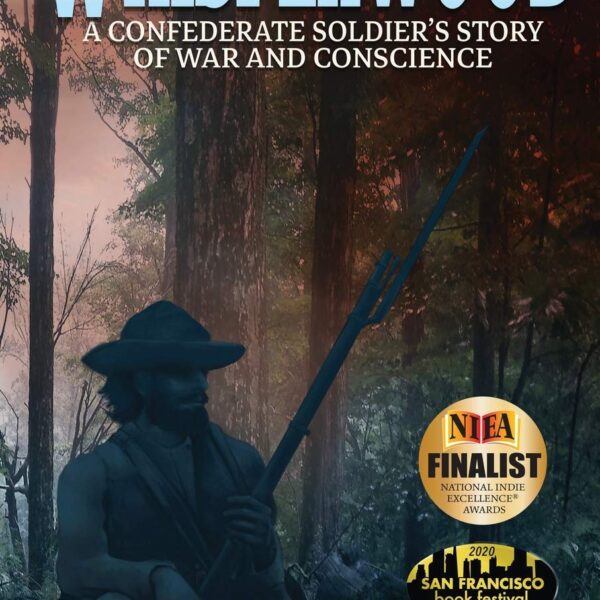The past several years have seen a great increase in interest in the history of the guerrilla conflict by both scholars and amateur historians alike. It seems that wherever one looks these days, books and articles are being published that examine the guerrilla conflict in theatres from the Trans-Mississippi to the Appalachians, and with analytical foci that range from gender analysis to memory studies. James W. Erwin’s Guerrillas in Civil War Missouri contributes to this growing momentum behind guerrilla studies. While this book is not a work of professional history per se, it provides a well-organized, concise, and synthetic overview of the guerrilla war in Missouri that serves as a helpful guide through the history of the conflict for those who are not well-versed in the existing literature.
Erwin’s work is a pleasure to read. Structured chronologically, Guerrillas in Civil War Missouri is composed of eight, tight chapters that explain the war from its origins in the antebellum border conflict between Kansas and Missouri to the post-war outlaws that grew out of several of the guerrilla bands. Each chapter is filled, not only with straight forward prose, but with a number of images that add to the substance of Erwin’s narrative as it is put forth in the text. The book itself is also a beautiful object, which may be as much a credit to the press as to the author. It features an artist’s modern, color rendering of a guerrilla astride his horse on the front cover, and George Caleb Bingham’s painting, Order No. 11 on the back.
Erwin does not sacrifice detail, however, when clearly presenting the guerrilla war. He does a wonderful job of selecting and using specific examples from all regions of the guerrilla conflict, not just the western border of Missouri. While the usual characters – William Clarke Quantrill, “Bloody” Bill Anderson, George Todd, Archie Clements, and the James brothers – play central roles in Erwin’s book, he does a masterful job of intertwining the stories of more obscure guerrillas to add a new dimension to the narrative. For those who are familiar with the guerrilla conflict, they will be pleased to see the likes of Clifton Holtzclaw, Jim Jackson, and Sam Hildebrand make an appearance or two in this book. For those who are new to the history of the guerrilla conflict, Erwin’s seamless addition of these notable guerrilla leaders to the cohort of more infamous bushwhackers only makes for a more colorful and dynamic history.
Scholars in the field will recognize that Erwin’s narrative follows in the analytical path laid by such scholars as Albert Castel and Michael Fellman. The very structure of Guerrillas in Civil War Missouri parallels that employed by Castel in William Clarke Quantrill: His Life and Times fifty years ago. Erwin begins with the border ruffians and he ends with the outlawry of the James-Younger gang. Whether intentional or not, bracketing the guerrilla conflict with such seemingly illegitimate actions on the part of members of Missouri’s southern sympathizing community has the effect of making the guerrilla conflict itself seem somehow less legitimate than conventional warfare. Fellman’s work, Inside War, a path-breaking piece of historical research and analysis, has the deepest influence on Erwin’s framing of guerrilla warfare. Throughout the work, the reader is reminded that the guerrilla war was characterized by chaos, most often taking the form of random violence. While Fellman and Castel deserve a great amount of credit for their contributions to the field and Civil War history more generally, the growth of the field requires that their narratives be questioned and respectfully challenged.
That said, Erwin achieves what he sets out to do in Guerrillas in Civil War Missouri and for that he deserves praise. It is a well written, succinct book that offers wonderful descriptions and explanations of the people and events that comprised the guerrilla conflict in Missouri from beginning to end. This book is a welcome addition to the field of guerrilla studies, especially for non-experts and buffs. However, it also serves as a handy reference guide for graduate students who are interested in the guerrilla conflict and as well as scholars in the field.
Joseph M. Beilein Jr. is an Assistant Professor of History at Penn State University – Behrend.
